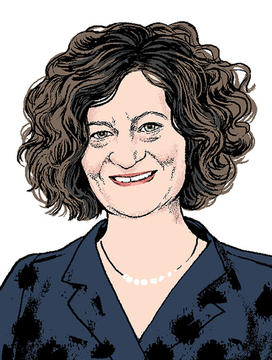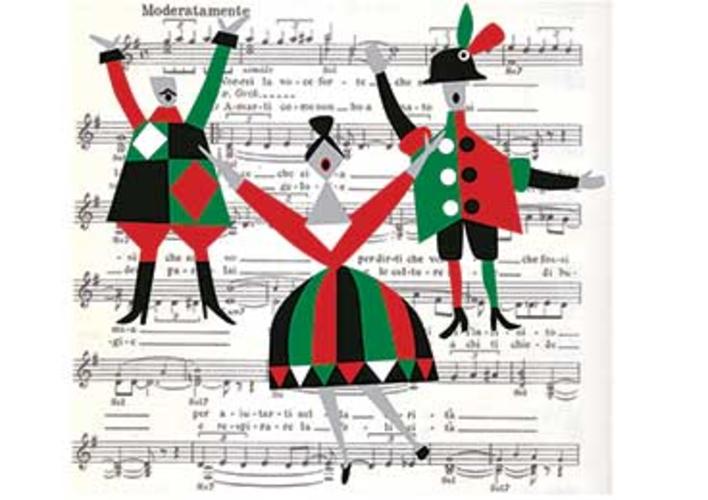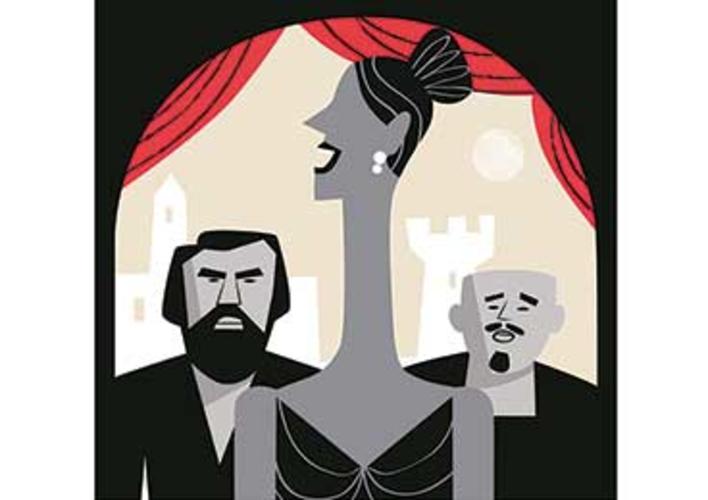
For as long as she can remember, Wendy Heller has loved to sing. Particularly drawn to 17th-century Italian opera, she performed a variety of classical and religious music for years while earning her bachelor’s and master’s degrees from the New England Conservatory and her Ph.D. in musicology from Brandeis University.
It’s not just the music that intrigues Heller. She has always been drawn to the historical backdrop behind the notes: “I was aware that music historians hadn’t taken adequate account of social, cultural, and historical context in the study of music ... growing up in the ’60s and ’70s likely made me more aware of that.”
What attracted her to 17th-century Italian opera “was the relationship between opera in Venice and the social and cultural context of the city,” she says. “For example, if women of the era are supposed to be silent and chaste, but they’re singing on the stage, that’s a really interesting contradiction. I’m interested in how opera expresses all these extra-musical things.” By Agatha Bordonaro ’04
Heller’s Studies: A Sampling
A Voice for LiteratureHeller is fascinated by how early opera tackles classical subject matter, arguing that the impulse to bring antiquity to life through music, drama, and dance helped inspire the birth of opera as a theatrical form. By examining a number of 17th-century Italian operas that are based on Ovid’s Metamorphoses, in her current book project, Heller aims to show how opera is “a mechanism of metamorphosis itself, a genre that is transforming — taking these tales and turning them into something on the stage.”
Bringing Notes to Life
Staging an opera — particularly a centuries-old one — requires that all participants work from a clear, edited score that honors the composer’s original handwritten notes and revisions and offers some background and interpretation. “Of all the notes on the page, you have to decide which are the most reliable and best to present,” explains Heller, who is finishing an edit of Francesco Cavalli’s 1652 opera La Veremonda, l’amazzone di Aragona (Veremonda, the Amazon of Aragon). “You have to have a critical commentary. I want to give [directors and singers] the interpretive tools to think about how they might perform the piece.”
Women on the Scene
Since women were historically forbidden from singing on stage and in church, soprano parts were given to boys and castrati until later in the 17th century. Heller is studying the impact of the first female sopranos, including what she calls their “inherent femininity” — such as how, unlike with men, their singing voices would have been in the same register as their speaking voices — and “how they might have sung from an anatomical, vocal-technique, point of view [because] their technique was likely very, very different” from today’s, she says. For example, since the “bel canto” style that we associate with opera singing had not yet been widely adopted, they likely allowed their larynxes to move up and down more freely, much like today’s pop singers, resulting in more intelligible lyrics and using more chest voice than modern opera singers.














No responses yet